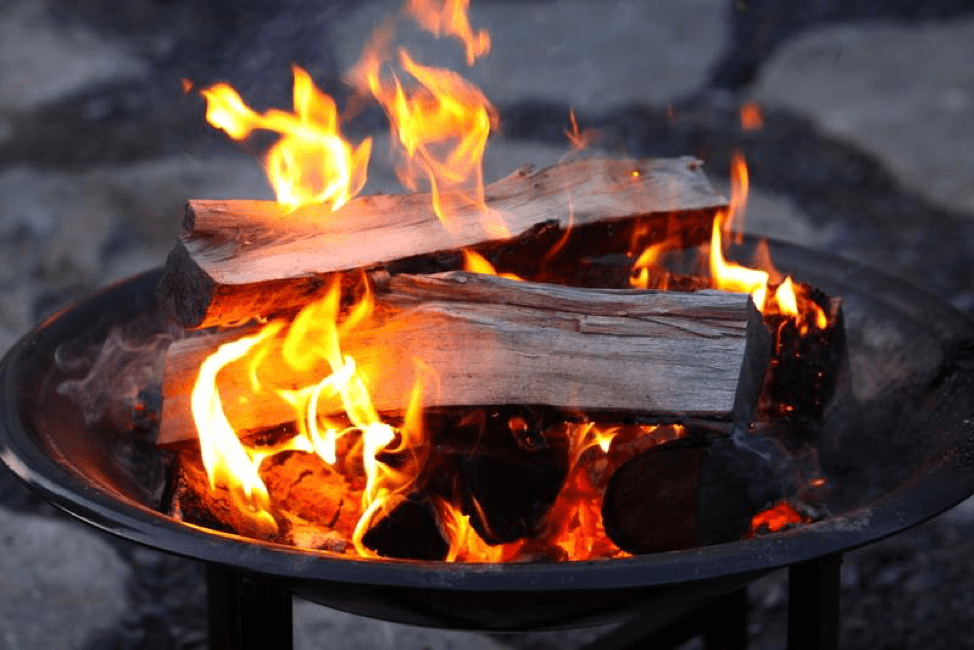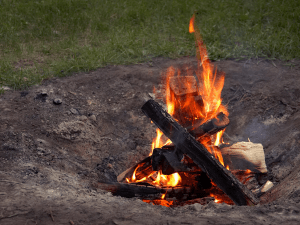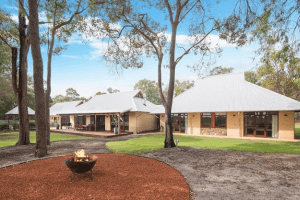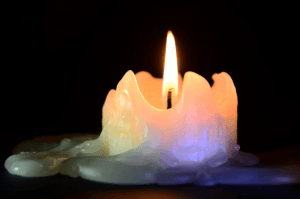
11 Aug How To Safely Incorporate Fire Into Your Home Or Yard Design
Fire, though a vital element, can cause significant damage and even cost lives when mishandled. The US experiences over a million fires annually, causing over three thousand deaths and destroying billions worth of property. These statistics paint a gruesome picture of how destructive and hazardous fire can be when mishandled. Whereas every home heavily relies upon some form of fire, it is crucial for proper fire installation and utilization techniques to be upheld at all times. Here are some of the core elements that you should understand when incorporating fire into your home or yard design.
Have a fire safety strategy
The first step when using fire in your home or seeking to introduce fire anywhere near your house should be to have a strategy on how safety would be enforced. Whereas the process of developing a fire strategy can be complicated, it is always commendable to start by zoning your house, yard, and immediate compound. Such zones help you to make sense of your home as far as being safe from fires is concerned. You should endeavor to understand what each zone holds regarding the risks and threats to fire safety, the vegetation contained in the zones, the dangers it poses to spreading fire, and how you can tackle a fire in each of the zones.
In zone 1, the immediate space within 30 feet of the house, should not contain any long grass or dense vegetation. It should also not contain any form of combustible materials such as dry vegetation or paper. The house chimney should also not be close to any nearby trees to avoid the risk of spontaneous combustion.
In zone 2, the space between 30-100 feet from your house, the vegetation should be well monitored. No dead vegetation should be allowed to collect in this area. All loose dirt, figs, twigs, and dead branches should be monitored and collected from time to time. Also, piles of wood should be stored in an appropriate place, preferably in an enclosed space.
Good outdoor fireplace practices
Outdoor fires should be well monitored and regulated at all times. Fires that you may create such as when setting up a barbeque cooker or a fire pit should be within zone 1 where dense and dry vegetation does do exist. Understanding the principal risks and safety issues that may arise when setting up your outdoor or yard-area fire is critical for your safety. For instance, embers in the outdoor area are the leading cause of concern as they tend to ignite large-scale fires when left unattended.
When setting up an open fireplace such as pit fires, safety should be enhanced by ensuring that the embers in the pit are well contained. An outdoor pit should be surrounded by gravel or dirt to prevent strong directional wind from blowing embers off the pit into the surrounding area. The well-encased pit also ensures that tongues of flame from the pit fire do not ignite nearby trees, causing wildfires.
After using outdoor fires, the first safety precaution that should be taken is to ensure that all flames burn out and that the embers are extinguished completely. To completely extinguish the fire, the remaining embers in a grill or a fire pit should be covered entirely with soil or water. This precaution suffocates or douses any remaining fire, preventing it from spreading to any place it is not meant to be.
Good home decoration practices
Home design and decorations can also contribute heavily to home-based fires in instances where such décor is not kept, used, or stored in a manner consistent with good fire practices. Home decoration implements such as fireworks and firecrackers should not be used recklessly. In fact, the use of such fire-based decorations is highly risky if your home is close to any form of vegetation that is combustible such as grass or trees. Certain trees such as pine and cypress are highly combustible, as they contain flammable oils. Using firecrackers in your yard where such trees are close by therefore accelerates the risk of igniting a wildfire.
In-house decorations or extensions of the house such as canvases should also be taken care of. Canvasses made of plastic material are highly flammable and can thus combust when they come in close contact with embers or flames. The key to ensuring safety when using outdoor fires is to ensure that you take note of the position of the potentially hazardous decorations and house extensions that may catch and spread a fire.
Other fire-based decorations such as candles can also be highly risky when placed indoors. Whereas often ignored, candles can cause a larger house fire, especially if they come in contact with common combustible material such as loose curtains and paper. When using candles, always check to ensure that they are placed away from combustible material. Also, as a safety precaution, always endeavor to check that such small in-house fires are put out when not in use. Candles left burning in the house can release highly flammable vapors which can ignite spontaneously under high heat conditions.
On the other hand, electricity-based decorations such as Christmas tree lights should also be checked to ensure that there are no naked wires which can short-circuit to cause a fire in the house. To prevent the risk of electricity-based decoration fires, it is highly advisable to ensure that all cabling is done with heavy-duty cords and cables. You should also check the cable specifications to eliminate the chances of overloading them with a high voltage current.
In conclusion, using fire in the house and outdoor area is a daily routine activity. To prevent instances of house fires, it is highly advisable to ensure that you regulate the manner in which fire is introduced and used in the house. You should also have a professional service ready to handle any damage done after a fire to ensure, so as not to lose any time after any potential accidents. The design of your house should take into consideration the risk of fire and should not leave combustible material lying loosely around the compound or in the house. Electrical cabling should be well placed and used according to the technical specifications enlisted on the labels. In the front yard or the backyard, it is safe to have the compound well-trimmed and demarcated into zones, where each zone takes into consideration the risks that a fire could pose to your home.


